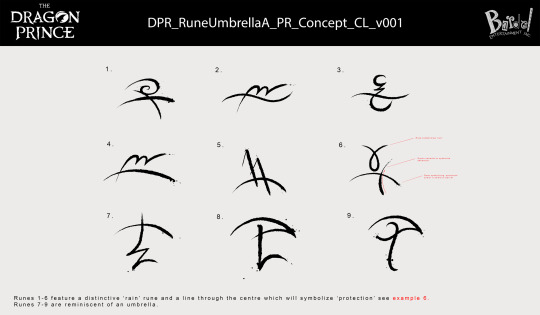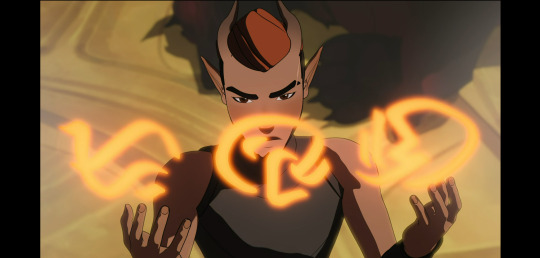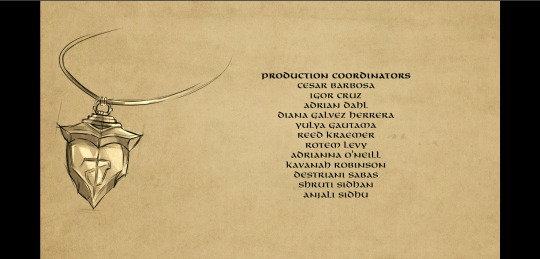Don't wanna be here? Send us removal request.
Text
Im sorry if someone has submitted this before but a closer look into the runes carved in The Puzzle House! Art by Adam Ratcliffe

5 notes
·
View notes
Text




Adam Ratcliffe
5 notes
·
View notes
Text



Chelsea Li
6 notes
·
View notes
Text


1 note
·
View note
Text

#book seven: dark#s7e8#primal rune#sky primal#star primal#again could be either#stella ignis#astrid#celestial elves
0 notes
Text

1 note
·
View note
Text


#book seven: dark#s7e7#dark magic#draconis praesidium#claudia#scale of shiruakh#aaaand it was a shield all along
0 notes
Text



#book seven: dark#s7e7#primal rune#gelida pavimento#venus frigoris#murus aquae#ocean primal#sky primal#gelida pavimento could be either okay ice is stupid#callum
5 notes
·
View notes
Text


1 note
·
View note
Text


2 notes
·
View notes
Text

1 note
·
View note
Text

0 notes
Text

1 note
·
View note
Text


1 note
·
View note
Text

2 notes
·
View notes
Text



2 notes
·
View notes
